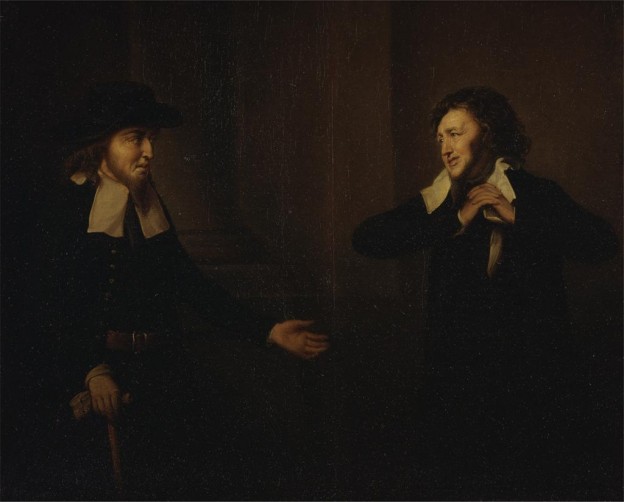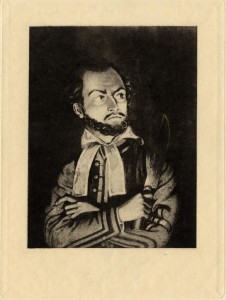Art is a reflection of reality, and so it must also be true that art is a mode for the production of reality’s darker features of racism, intolerance and prejudice. “The Merchant of Venice” and the characterization of Shylock reminds us all of the darker truths of the Elizabethan era, praised for its contributions to the arts that were built upon the foundations of lingering social conflicts and hierarchical supremacies. That Shakespeare constructed a villain in a very specific religious and racial group stands alone as a evidence to the existing social divides in Elizabethan England. That he did so after knowing few, if any, Jewish people at all is telling of a darker and more striking truth about the basis of prejudice that has remained present in the play throughout history.
In 1290, Edward I expelled the Jews from England in what was the “most complete” Jewish expulsion in Europe at that time – only after most of the Jewish people had become too impoverished to benefit the treasury and the King had forbid the practice of usury, the same practice the characters in “The Merchant of Venice” criticize Shylock for. Jewish people were more or less nonexistent in England until a small group re-settled in the late 1500’s (before leaving again) and once more in the 17th century, valued then only by what their monetary gains could afford the state – similar to how Shylock was almost for to pay all his money to the state.
Shakespeare’s realistic interactions with Jewish people would have been minimal at best and they would’ve have been in a very different power dynamic than is characterized in the play. Shylock is described very little physically, and is instead, referred to by the characters as the devil or a beast. These continuous references to evil and sub-human entities help create the image of the great villain of “The Merchant of Venice” – an image that a forward-thinking society would call a caricature of racist stereotypes, constructed by a famous playwright whose interaction with Judaism went as far as what he read about in a country historically known at the time for ostracizing Jews.
Writing this play that negatively views Jewish people, Shakespeare not only propagates the prejudicial view of Jews, but he invites all interpreters and adaptors to do the same. More than 200 years after Shakespeare wrote the play, this image (on right) depicts Shylock – not unlike all of the other available images on ArtStor of Shylock’s many impersonators – in the stereotyped image of a vengeful Jew, punctuated by an accentuated, long and pointed nose and aided by the holding of a knife. Some images depict him with the contract signed between himself and Antonio, others show him hunched over with a cane and surrounded in darkness. But no images – not one – depict his face with anything other than a long, pointed nose.
By constantly having Shylock use twisted stories in the Bible so that his character and religion are inseparable, be rejected by his own daughter who presumably saw the light of Christianity against the darkness of Judaism and characterized over and over again by other characters as a beast or a devil, Shakespeare allows all adaptors and artists to do the same. He is, in terms of plot development, quite the villain – greedy, unmerciful, vengeful, and cold – making understandable that the images of Shylock would be dark and bearing a murderous stare, for that’s how most villains are pictured. But every image suggests implicitly that there is a connection between his villainous traits and his race and religion and unfortunately gets lost in the famous works of art that emerged from the Elizabethan era.
Related Sources:
Roth, Cecil, et al. “England.” Encyclopaedia Judaica. Ed. Michael Berenbaum and Fred Skolnik. 2nd ed. Vol. 6. Detroit: Macmillan Reference USA, 2007. 410-432. Gale Virtual Reference Library. Web. 14 July 2015.
http://library.artstor.org/library/secure/ViewImages?id=8CladTYuJCxdLS04eTh8QHwvWg%3D%3D&userId=hzZCdDIn&zoomparams=
http://library.artstor.org/library/secure/ViewImages?id=8CVcaCMsJCxdLS04eTx9QHwqXw%3D%3D&userId=hzZCdDIn&zoomparams=


